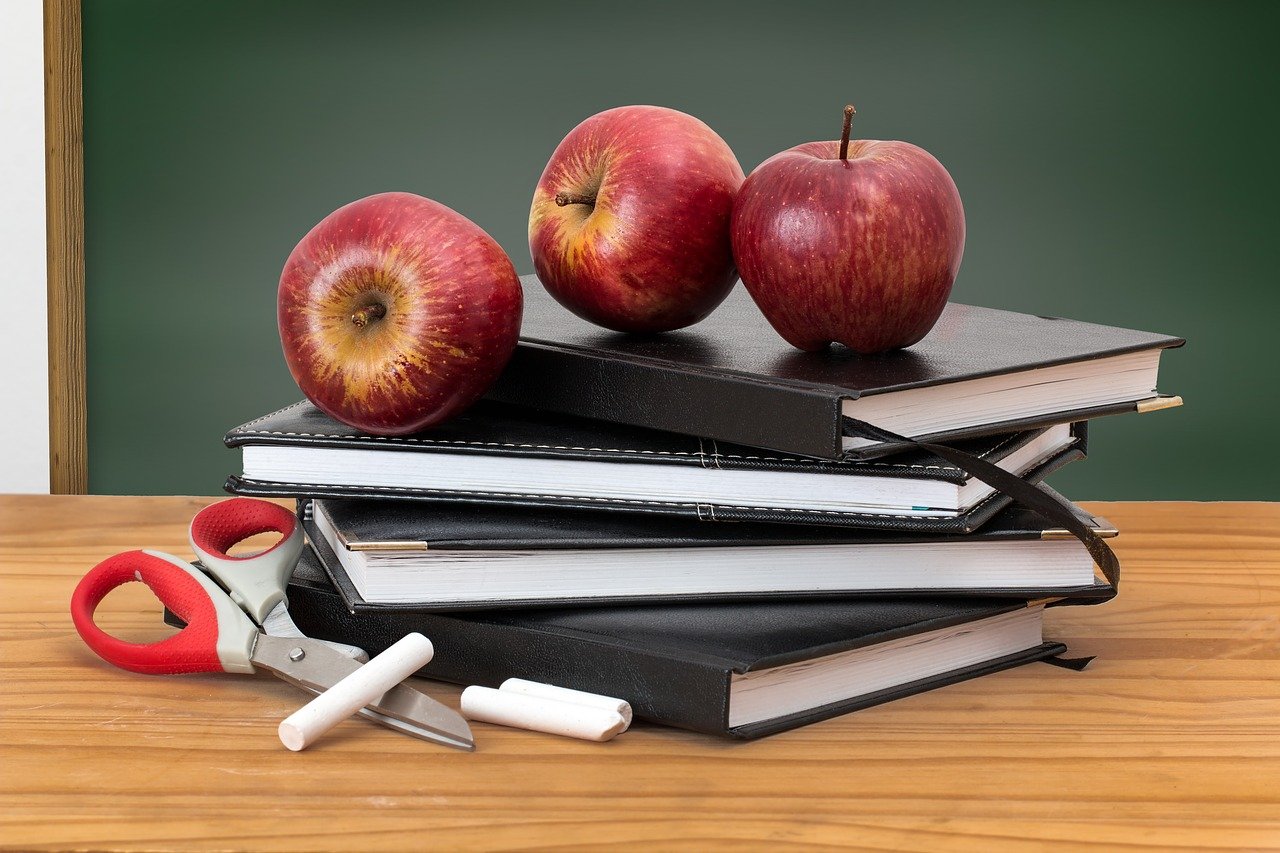The U.S. education system is flexible and democratic: with a high variety of programs, students, both high school and college students, have the opportunity to choose their own subjects and to change their major. Even at university you can transfer from one department to another, study additional courses, and create your own educational program.
Preschool Education in the United States
Preschool education in the United States begins practically from the diaper. You can enroll your child in a nursery or kindergarten as early as 6 months of age. There he may stay from 6 a.m. to 6 p.m. In contrast to Russian kindergartens, a child may be brought to kindergarten even after school, since by law he may not be at home alone until he is 12. All kindergartens in America are paid; the average monthly fee is about $1,200.
For children from three to five years of age there are “preparatory groups” at schools. At this stage much attention will be paid to general development, socialization, and literature, as the preschool education system aims first of all to teach the child reading skills.
However, kindergarten and preschool classes are still optional. Compulsory education in America begins at school and lasts 12 years.
The U.S. School System
Unlike in many countries, there is no unified educational plan in America: the state board of education establishes a general plan, and the board of education at a particular school sets more precise plans.
School education in the United States is divided into three stages:
- Elementary (Grades 1-5) – children study basic compulsory subjects, participate in sports and creative activities.
- Middle School (Grades 6-8) or Junior High School (Grades 7-9): Children study optional subjects in addition to those required.
- High School (9-12) or Senior High School (11-12) – fewer subjects are required, with maximum freedom in the choice of subjects. In the last 2 years gifted students may take Advanced Placement courses. At the end of High School an American student will have to take the SAT (Scholastic Aptitude Test).
Depending on the state, children begin school at ages five to eight. Typically, each grade in an American school has its own building and is a completely separate institution.
The school year in an American school is divided into two semesters. Classes are five to six hours a day with a lunch break. The afternoons are most often devoted to sports, hobby clubs, and other community service activities, which are a necessary component of an American school education. Grades are given in letter form: A, B, C, D, F.
In contrast to the U.S. higher education system, which is the world leader, the school sector is assessed in a counter-versive way. On the one hand, the set of compulsory subjects is small: among them are math, English, science, history, art, and physical education.
On the other hand, students have a huge choice of major classes: from theater to ecology. This list also includes foreign languages. Many schools offer high school students programs (Advanced Placement): the most ambitious and capable students can take an additional course at the university level. Thus, the U.S. school system is good for students who want to learn, but not for those who want to increase their overall educational attainment in the country.
